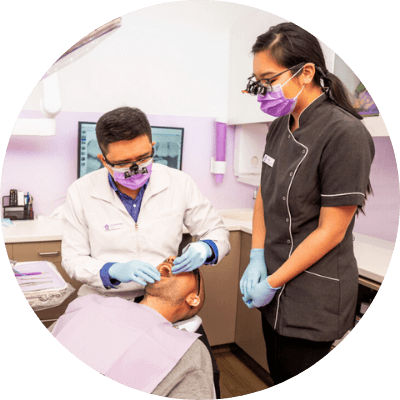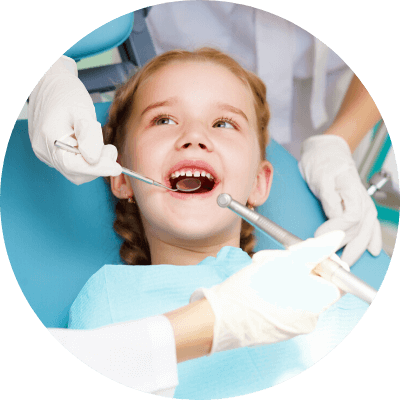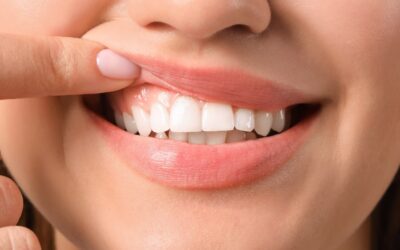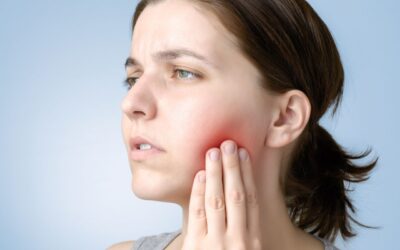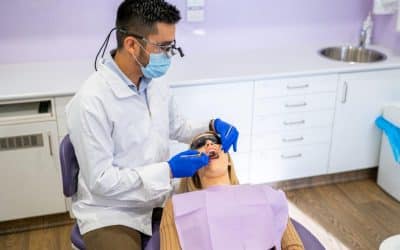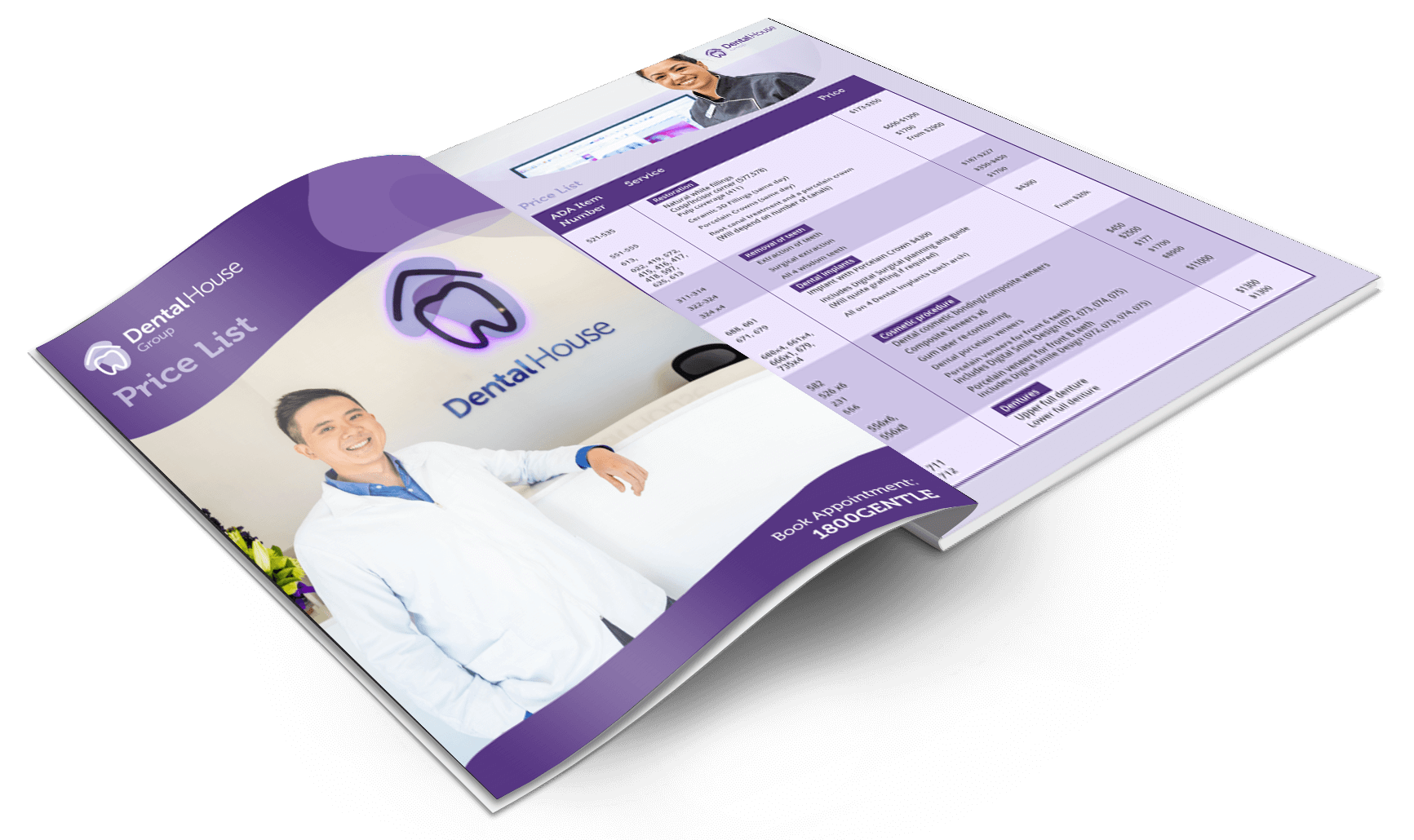[activecampaign form=5]
Shapeshifters And Microbots: The Future Of Tooth Brushing Technology
Shapeshifters And Microbots: The Future Of Tooth Brushing Technology

Tired of brushing your own teeth twice per day? Science might have a solution for you: shapeshifters and microbots: the alleged future of tooth brushing technology. Could a future exist where people no longer have to brush or worry about flossing before visiting their dentist? Researchers from the University of Pennsylvania are closer to realising this dream than many would have expected with the development of shapeshifting and microbots that can clean and floss teeth.
The research team developed this remarkable new technology using iron oxide nanoparticles with magnetic and catalytic properties. This enables the researchers to control the movement of the nanoparticles using a magnetic field. As a result, researchers could transform the nanoparticles into bristle-like structures that remove plaque from teeth, and into long strings that clean between teeth like dental floss. The hands-free system could successfully remove plaque and lower the risk of tooth decay and gum disease, just as daily brushing and flossing do.
This is an especially great day for those who struggle to be active right after waking up. Some day in the near future, this shapeshifting microbot may be used as a toothbrush, rinse, and dental floss all in one.
How Microbots Work in Your Oral Health
The microbots are built from iron oxide nanoparticles that come with both catalytic and magnetic activity. The magnetic field may be used to direct the movement of these microrobots equipped with bristles that are akin to toothbrushes. Elongated strings may also be equipped on the microbots to help people floss easily. At the same time, catalytic reactions will drive the nanoparticles to produce antimicrobials that kill dangerous oral bacteria on the spot.
Edward Steager, one of the authors of the study, reveals: “Nanoparticles can be shaped and controlled with magnetic fields in surprising ways”
Hyun (Michel) Koo, also one of the study’s authors, highlighted how routine oral care remains cumbersome and challenging for many people while adding that the idea arose from the fact that the toothbrush’s design has remained relatively unchanged for millennia.
“You have to brush your teeth, then floss your teeth, then rinse your mouth; it’s a manual, multistep process,” Koo said. “The big innovation here is that the robotics system can do all three in a single, hands-free, automated way.”
As with most new technologies, these automated toothbrushes would likely be extremely expensive if brought to market – at least, initially. The researchers noted that their tech could be especially useful for older people or people with disabilities.
Oral Health Future Of Tooth Brushing Technology
“Nanoparticles can be shaped and controlled with magnetic fields in surprising ways,” reported the research team. “We form bristles that can extend, sweep, and even transfer back and forth across space, much like flossing. The way it works is similar to how a robotic arm might reach out and clean a surface. The system can be programmed to do the nanoparticle assembly and motion control automatically.”
The programmable nature of the technology allows researchers to fine-tune the field to make the nanoparticles more capable of removing plaque to prevent tooth decay and gum disease. The bristles can be made thick enough to remove plaque but thin enough not to damage gum tissue.
This enables the technology to be customisable to each individual patient’s oral health needs.

Replacing the Unpopular
Brushing and flossing don’t get the credit they deserve, despite the value the habits provide to an individual’s oral health. Kids view brushing and flossing as a chore, while most adults view the habits as a necessary inconvenience.
Some patients with diminished mobility have a hard time correctly brushing and flossing. This study aimed to create a technology capable of performing the boring, but essential, the task of daily oral hygiene. Due to the study’s success, researchers hope to develop the technology into an actual product.
The research team believes the new hands-free technology could offer a breakthrough, especially for those unable to brush and floss independently.
Can Technology Replace Your Dentists?
Even if a future where robots clean your teeth exist, you’ll still need to visit your dentist.
The design of the toothbrush has remained unchanged for over 100 years, despite so many other advances in our daily lives. While this innovation offers a lot of potentials, it won’t replace the need to receive regular checkups and cleanings from your Dentistry. But if robots do start performing the chore of brushing and flossing, that will give all of us something to smile about.
Final Thoughts
Microbots have been a hot topic within the miniaturisation trend for a long time. Developments in the medical robotics field range from tiny experimental robots that can swim through the bloodstream to origami-like creations designed to be swallowed.
But one of the more troublesome problems is figuring out how to control microbots once they’re released. That’s where Selman Sakar, Hen-Wei Huang, and Bradley Nelson come in. These researchers have invented a new type of microbot that might be the beginning of a revolution on how it delivers medication to the body.
What do you think about these shapeshifting microbots that can keep your teeth clean and healthy in the future of dental hygiene technology?
Note: All content and media on the Bacchus Marsh Dental House website and social media channels are created and published online for informational purposes only. It is not intended to be a substitute for professional medical advice and should not be relied on as health or personal advice.
Services we mentioned:
Related Articles
Choreography of the Gums: What Do Dentists Mean By It?
What do we know of choreography? For most of us, as with art, technically not much. We just know what we like. We know how a particular form, pattern and movement make us feel. Few of us really care to know whether Van Gough and Warhol favoured filbert or spotter...
Dental Guinea Pigs: The Cavity Experiment of the 1940s
It was 1940 and US military scientists were feeding a bunch of guinea pigs growth hormones. Suddenly, almost overnight a large cavy grew these huge teeth and literally bit the head off one of the vets looking after them. The government hushed this up, of course, and...
Your Teeth & Mental Health: The Surprising Connections
Anybody who has had serious toothache will not be surprised to find that there is a very real correlation involving our teeth and our mental health. Pain around our teeth and gums is hard to ignore and the nerve pathways link it to the overall state of our wellbeing....
Oral Bacteria: The Artery-Clogging Killer
How does Oral Bacteria cause heart disease? Who is most at risk? How can you prevent oral bacteria from being an artery-clogging killer? …


